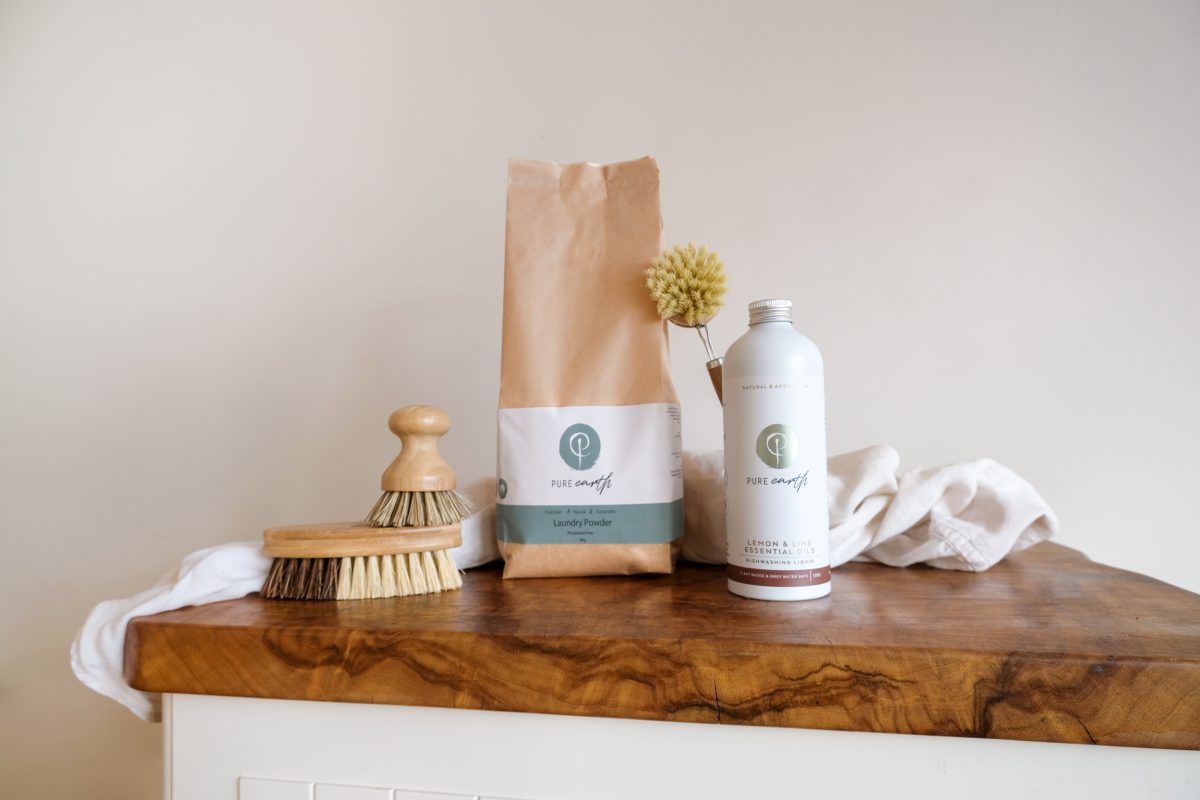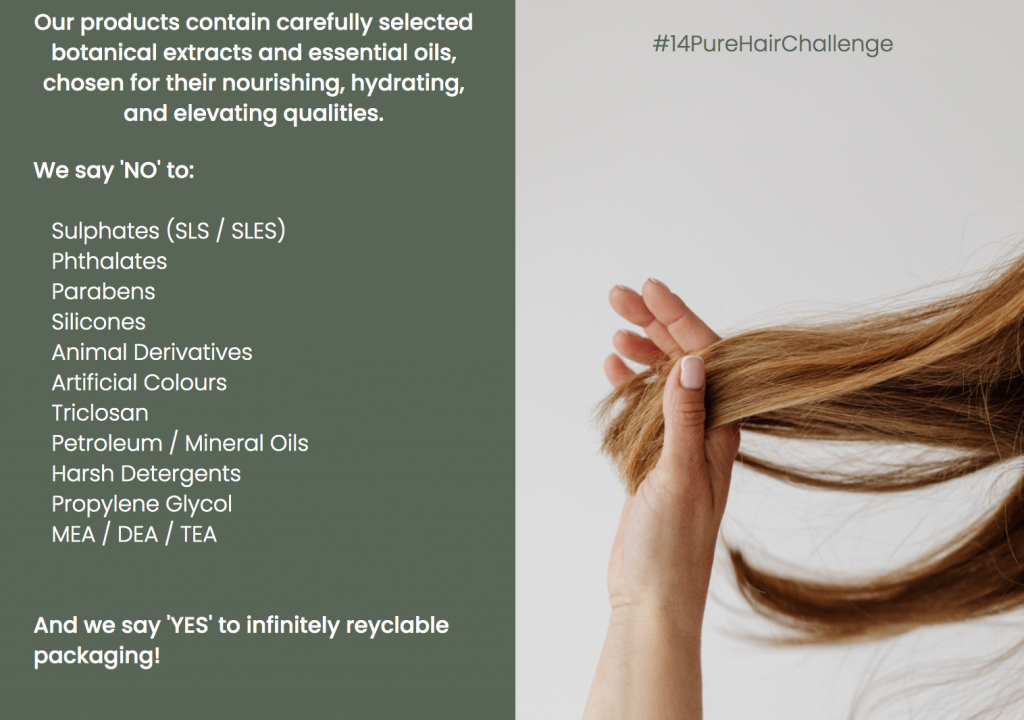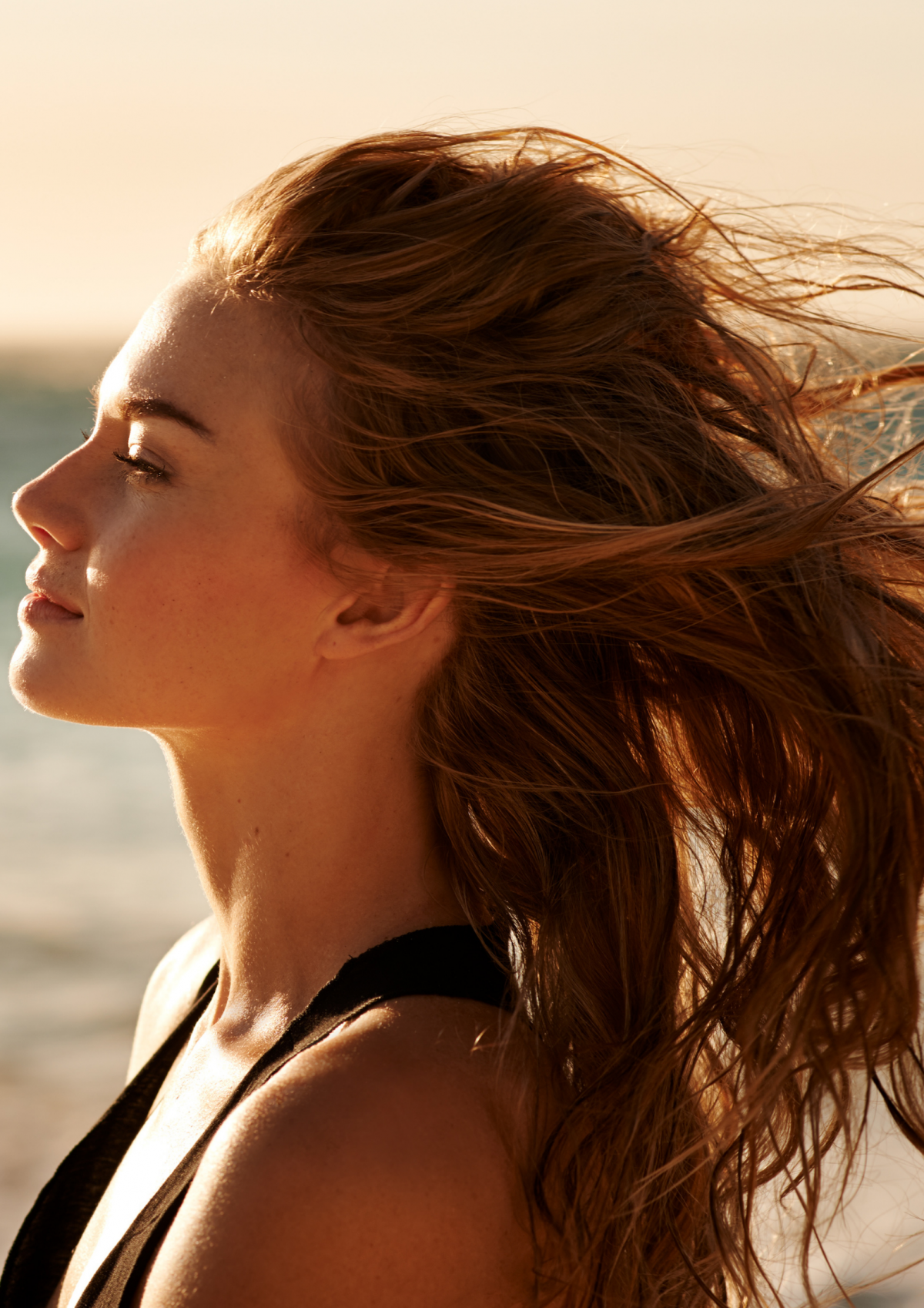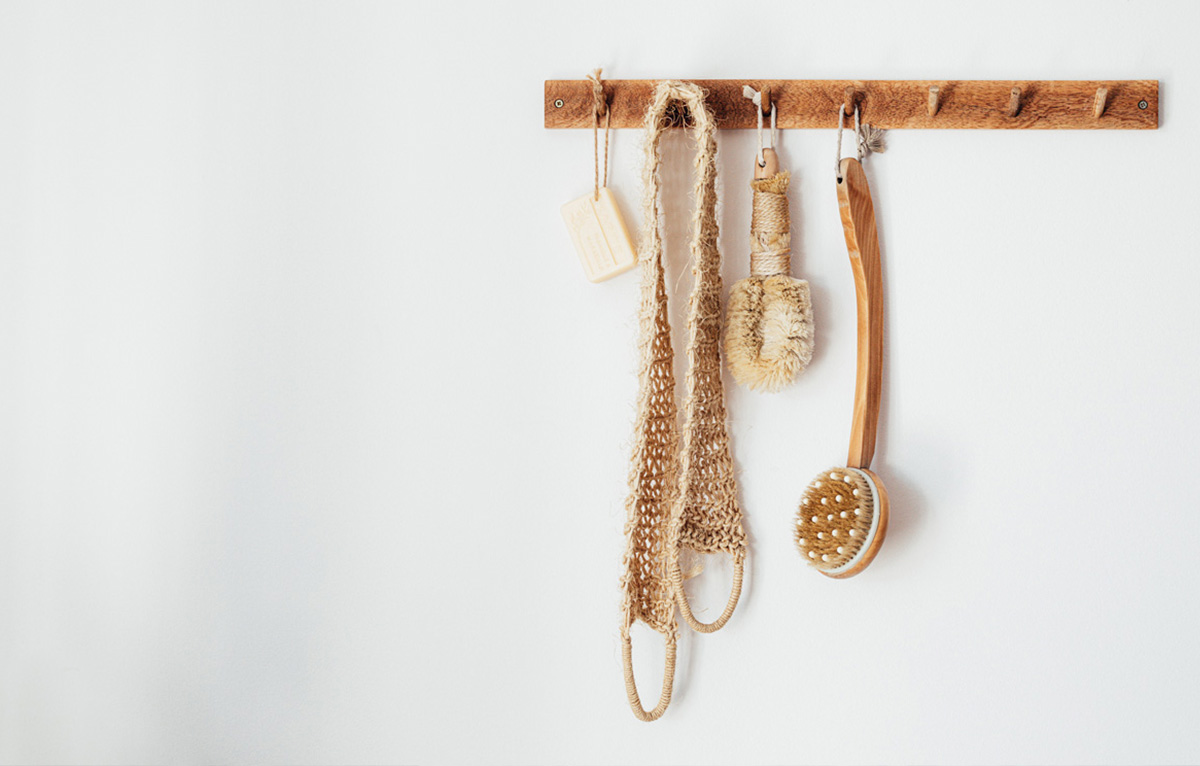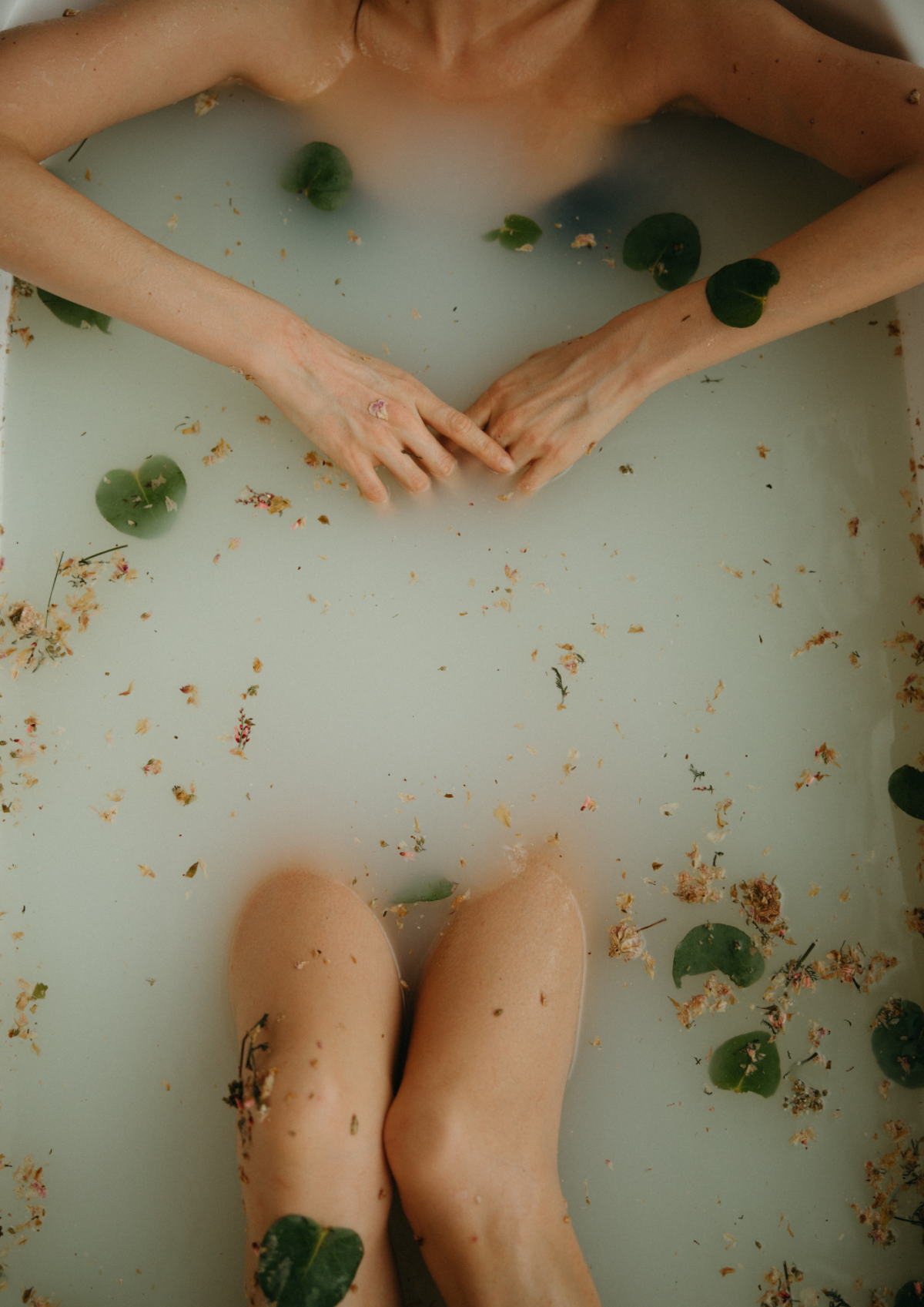
Self-Care is the most important thing for keeping your physical and mental health in check. By definition, self-care means doing what is good for us – increasing our emotional and physical stamina, improving our self-esteem, and building resilience. It means taking an active role in maintaining our mental and physical wellness, proactively and especially in times of high stress.
Taking time out to focus on self-care means focusing on activities that are important in our lives without sacrificing other essential parts of our life. It means maintaining a positive attitude in spite of personal challenges. Self-care activities create daily improvements in our lives and have beneficial long-term effects. That said, not all self-care activities are fun, in fact some can feel boring and many practices can leave us feeling a sense of guilt. For example, reaching for a plastic bottle of bubble bath to add to a hot bath ritual, can leave us feeling remorseful of the waste we’re creating.
Self-care is not a one size fits all and it’s not any easy fix.
In order to fully identify the best practices, we each must decide what’s right for ourselves and overcome the belief that self-care is selfish. It is not a quick fix and doesn’t necessarily happen overnight. Sometimes it means developing the disciplines of a long-term healthy lifestyle. Some everyday examples might be watching just one episode of your favourite show on Netflix, versus binging on a whole season. Or it might be not having a glass of wine with dinner, or only having one – saying no when you don’t want to do something. Like, waking up early to meditate, journal or exercise before work.
Self-care means defining clear boundaries that help ensure our long-term physical, mental and spiritual health. For those of us that want to keep a sustainable lifestyle, it means taking further steps in planning out and choosing practices that are aligned with our sustainable values.
So, how can you practice sustainable self-care, and what are the best sustainable self-care practices out there?
Making quality sleep top priority
You may not realize it, but the amount and quality of sleep you get each night can impact the way your immune system functions, your mood and much more!
For example, good quality sleep can have the following benefits to your health:
It can boost your immune system. When you get enough sleep, your body can better fight off infections or viruses like the cold or flu.
Help prevent weight gain. When you don’t get enough sleep, your body produces a hormone called ghrelin, which boosts your appetite. This can lead to extra snacking and junk food cravings, adding to weight gain.
Improve your mood. When you get a good night’s rest, you may find yourself more energized and ready to take on the day. Studies have shown that even partial sleep deprivation can have a significant effect on mood.
According to research conducted at University of Pennsylvania subjects who were limited to only 4.5 hours of sleep a night for one week reported feeling more stressed, angry, sad, and mentally exhausted.
Improve memory. Sleeping improves your ability to remember things, concentrate, process thoughts and stay alert.
The Mental Health Foundation shares advice on how to get a good night’s sleep. They highlight the importance of developing a good night routine, avoiding technology at bedtime and getting the light and temperature right.
Getting the right sleep habits in place is a vital cornerstone of your self-care. We find it helpful to calm the mind and get into the right mind space with a soft eye pillow and a calming lavender Wheatbag placed under the pillow. Wheatbag Love makes theirs handmade, with all-natural cotton or linen, and scented with lavender or clove, it’s one of our favourite sustainable self-care products.
Exercise your way to balance
Exercise brings with it many benefits. Maintaining good physical health decreases your risk of developing certain health conditions, like heart disease, stroke, and some cancers. Being physically healthy also helps you to manage life’s challenges and stay healthy across other areas of life, like helping you to stay fit for your job, and protect against fatigue, injury and illness.
Additionally, Exercise releases chemicals like endorphins and serotonin that can improve your mood. If you exercise regularly, it can reduce your stress and symptoms of mental health conditions like depression and anxiety.
The trick to making exercise part of your self-care routine is to choose what you enjoy the most. An excellent option and easy one to introduce into a weekly routine is yoga. Yoga has numerous health benefits and can be practiced whether you’re young or old, fit or unfit. You also don’t need much to get started, except for making yourself a comfortable spot on the floor. If you don’t have carpet or a rug, you could choose to incorporate a sustainable yoga mat by Second Earth which is sustainably made in Australia with 100% non-toxic, ethically sourced material and carbon neutral delivery.
Practice mindful meditation
Mindfulness is the basic human ability to be fully present, aware of where we are and what we’re doing. Practicing mindful mediation helps you to be more aware of your state of mind via your thoughts and emotions. There’s growing research showing that when you train your brain to be mindful, you’re actually remodelling the physical structure of your brain.
Mindful meditation brings a whole host of benefits from increased focus to reduced stress and better physical health. Your self-care practice should aim to include the deep relaxation and rejuvenation that mindfulness can bring. Here are a few tips to get you started:
Find a quiet room to sit comfortably.
Straighten your upper body—but don’t stiffen.
Feel your breath.
Notice when your mind wanders, then refocus back to your breath.
Be kind about your wandering mind.
We find it easier to focus our minds on meditation with the gentle aromas of essential oils in a diffuser or a sustainable natural wax candle like Mojo Candle Co. which have saved over 60,000 wine bottles from going to landfill.
Slip into a warming bath
At the top of most people’s self-care ritual is a soothing warm bath at the end of the day, and for good reason! Studies have shown that taking a bath can release endorphins that sooth the body. According to dermatologist, Dr. Bobby Buka, a warm bath “releases endorphins in response to the soothing warm water the same way that endorphins are released when you feel the sun on your skin.”
We recommend turning the lights down low, turning on a candle or diffuser and using a Magnesium and Himalayan Bath Salt which can help to relax the muscles, relieve pain in the shoulders, neck, and back. Additionally this particular Magnesium and Himalayan Bath Salt includes rose petals, lavender and French pink clay which work together to further rejuvenate and sooth the skin.
Make time for writing and gratitude
Journaling is another powerful self-care ritual. Writing can help you organise your thoughts, gain awareness and clarity and regain calmness in your life. Additionally, incorporating gratitude practices into your journaling can also help you to feel more optimistic and positive.
If you find it difficult to begin journaling you could refer to this list of questions to help get you started and keep you motivated.
Self-care beauty
Focusing on the wellness of your skin and hair can also be part of your self-care routine. Choose natural, vegan, cruelty-free and sustainable body and hair care options or Pure Earth’s Eco-bundle to get you started and help you to feel good about your consumer choices.
Sustainable self-care products help you to care for yourself and the world around you.
